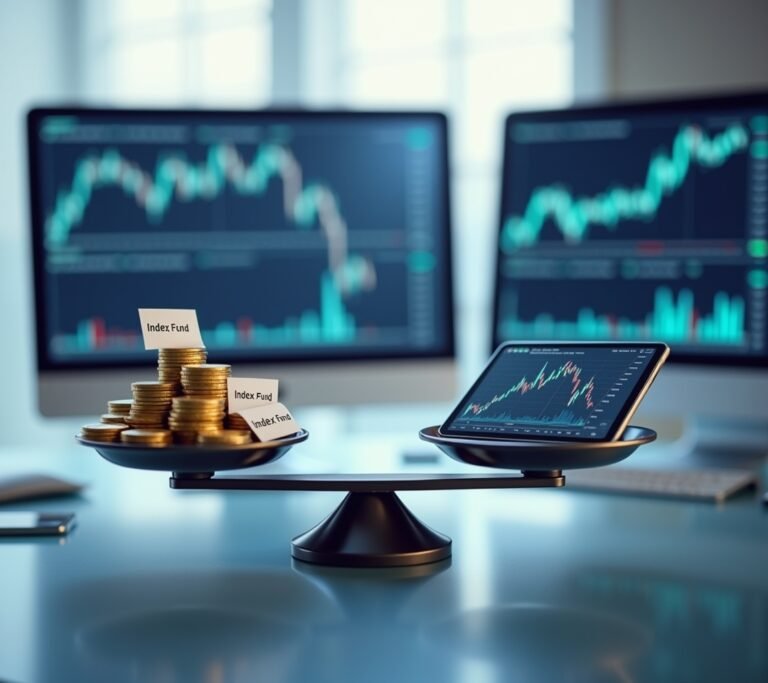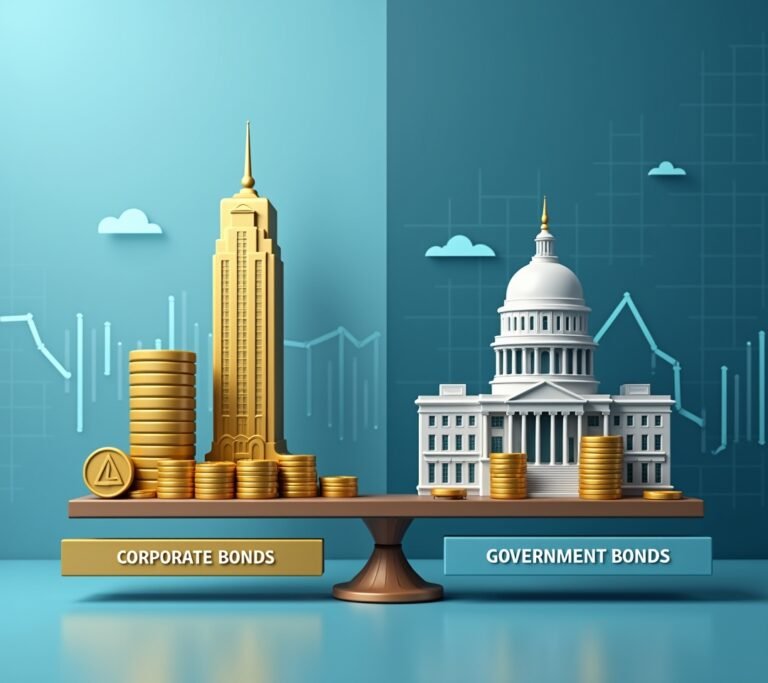Did you know that the S&P 500 has paid dividends consistently for over 80 years? When I first discovered this stat back in 2018, it completely changed how I thought about investing! I’d been chasing growth stocks like everyone else, buying high and selling low (yeah, I was doing it backwards). Then my coworker Jim showed me his dividend portfolio, and I couldn’t believe he was making $500 a month just from dividends.
Look, dividend investing isn’t sexy. It won’t make you rich overnight like crypto promises. But after six years of building my dividend portfolio, I can tell you it’s one of the most reliable ways to build wealth and passive income that actually works.
What Exactly Is Dividend Investing?

Dividend investing is basically buying stocks in companies that share their profits with you. Think of it like being a silent partner in a business. Every quarter (or sometimes monthly), these companies send you a check just for owning their stock.
I remember being so confused about this at first. Why would companies just give away money? Turns out, it’s their way of saying “thanks for believing in us” to shareholders. Companies like Coca-Cola have been paying dividends for over 100 years!
The best part? You don’t have to sell your stocks to make money. The dividends just keep rolling in whether the market’s up or down.
Getting Started With Dividend Stocks
When I started, I made every rookie mistake possible. Bought stocks with the highest yields without checking if they were sustainable. Lost money on a few dividend cuts – that stung! Here’s what I wish someone had told me from the beginning.
First, you need a brokerage account. I use Fidelity because they don’t charge commissions, but Charles Schwab and Vanguard work great too. Opening an account takes like 15 minutes online.
Next, start with dividend aristocrats – these are companies that have increased their dividends for at least 25 consecutive years. Johnson & Johnson, Procter & Gamble, and PepsiCo are solid choices. They’re boring companies that sell stuff people always need.
The Numbers That Really Matter
Okay, here’s where it gets a bit technical, but stick with me. There’s three key metrics I always check before buying any dividend stock.
Dividend yield tells you how much you’ll get paid relative to the stock price. If a stock costs $100 and pays $3 per year, that’s a 3% yield. But here’s the thing – super high yields (like 8%+) are usually a red flag. Learned that the hard way with a energy company that cut their dividend by 75%!
The payout ratio shows what percentage of profits gets paid as dividends. I like to see this under 60%. It means the company keeps enough money to grow the business.
Dividend growth rate is my favorite metric though. A company growing its dividend by 5-10% yearly? That’s golden. Your income literally grows faster than inflation!
Building Your First Dividend Portfolio
Start small – seriously. I began with just $500 and added $100 every month. Don’t try to time the market or wait for the “perfect” moment.
Diversification is key here. Spread your money across different sectors – some utilities, consumer goods, healthcare, maybe a REIT or two. When COVID hit, my restaurant stocks got crushed but my tech dividends actually increased. Balance saved my portfolio!
Consider starting with a dividend ETF like SPDR S&P Dividend ETF (SDY). It holds dozens of dividend stocks, so you get instant diversification. Plus, the expense ratio is pretty low at 0.35%.
Reinvesting vs Taking Cash
This was a game-changer for me – dividend reinvestment plans (DRIPs). Instead of taking the cash, you automatically buy more shares with your dividends. It’s like compound interest on steroids!
My $10,000 initial investment grew to over $18,000 in five years, and that’s not even counting the new money I added. The dividends buying more shares which pay more dividends… it snowballs fast. Most brokers let you set this up with one click.
That said, once you hit retirement or need the income, switching to cash payouts makes sense. My dad does this and uses his dividend income to cover his golf membership. Living the dream!
Common Pitfalls to Dodge
Don’t chase yield like I did early on. That 12% dividend from a struggling company? Yeah, it usually gets cut. Stick with sustainable 2-5% yields from quality companies.
Taxes are another thing people forget about. Dividend income gets taxed differently than regular income. Qualified dividends get better tax treatment, but you still gotta pay Uncle Sam. I learned to hold dividend stocks in my IRA when possible to delay taxes.
And please, don’t put all your eggs in one sector. Banking dividends looked amazing in 2007… then 2008 happened. Diversify across industries to protect yourself.
Your Dividend Investing Journey

Dividend investing changed my financial life, but it took patience and learning from mistakes. Start with quality companies, reinvest those dividends, and give it time. In 10 years, you might be surprised how much passive income you’ve built.
Remember, this isn’t about getting rich quick – it’s about building wealth steadily. Some months will be rough (looking at you, March 2020), but quality dividend stocks tend to recover and keep paying.
Want to learn more ways to hack your budget and build wealth? Check out other posts on Budget Hackers where we break down complex financial stuff into strategies that actually work for regular people like us. Your future self will thank you for starting this journey today!




[…] more ways to hack your budget and make your money work harder? Check out other posts on Budget Hackers where we break down everything from credit card churning to investment strategies […]